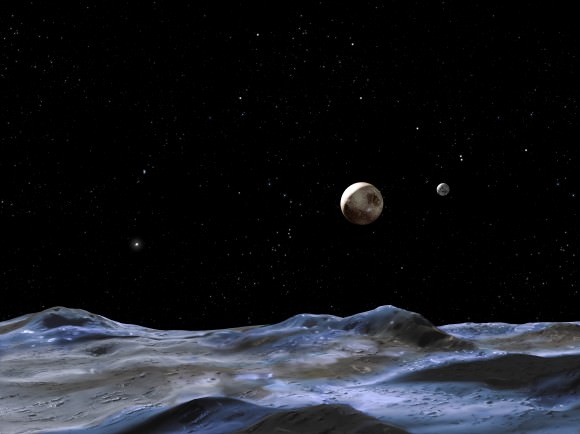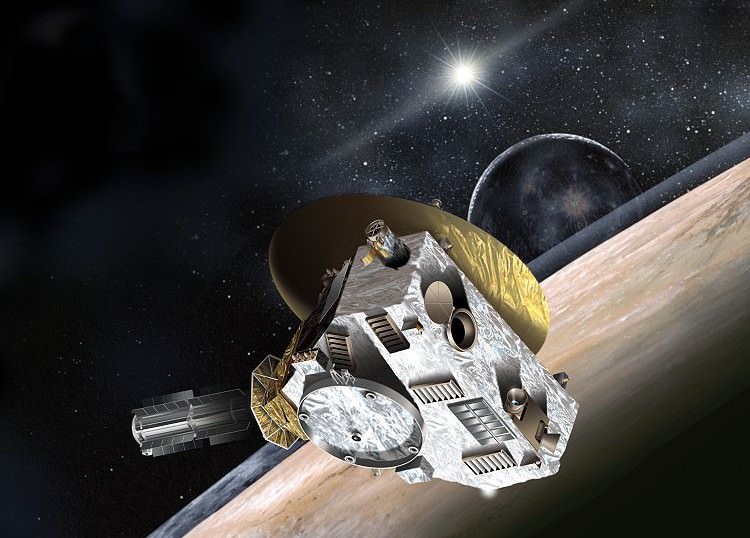It’s not quite the cryogenic sleep featured in Interstellar, but all the same, NASA’s New Horizons probe has spent most of its long, long journey to Pluto in hibernation. So far it’s been asleep periodically for 1,873 days — two-thirds of its journey in space since 2006 — to save energy, money and the risk of instrument failure.
But it’s just about time for the probe to wake up. On Dec. 6, seven months before New Horizons encounters Pluto, the spacecraft will emerge from its last long nap to get ready for humanity’s first flight past the dwarf planet.
“New Horizons is healthy and cruising quietly through deep space – nearly three billion miles from home – but its rest is nearly over,” stated Alice Bowman, New Horizons mission operations manager at the Johns Hopkins University Applied Physics Laboratory (JHUAPL) in Maryland. “It’s time for New Horizons to wake up, get to work, and start making history.”

Hibernation periods have lasted anywhere from 36 days to 202 days. Controllers usually rouse the spacecraft about twice a year to make sure all is well, and to do a little bit of science (such as taking distant pictures of Pluto of its moons). This means the next wakeup will be a new phase for the mission — a sustained effort instead of a burst of activity.
Confirmation of the wakeup should come six hours after it takes place, around 9:30 p.m. EST (2:30 p.m. UTC). This will be after the light signal takes an incredible 4.5 hours to reach Earth from New Horizons. What’s next will be a very busy few days — checking out navigation, downloading new science data, then getting the spacecraft ready for Pluto’s big closeup July 2015.
“Tops on the mission’s science list are characterizing the global geology and topography of Pluto and its large moon Charon, mapping their surface compositions and temperatures, examining Pluto’s atmospheric composition and structure, studying Pluto’s smaller moons and searching for new moons and rings,” JHUAPL stated.


…been looking forward to this one way more than the comet landing.